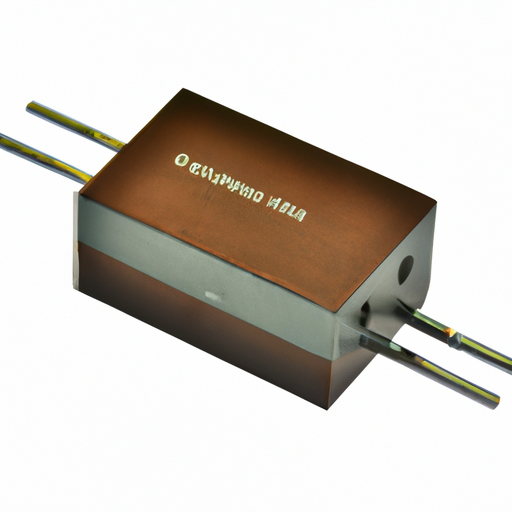Overview of Isolation Transformers and Autotransformers
Isolation transformers and autotransformers are pivotal in electrical systems, serving essential roles in power distribution, voltage regulation, and safety. The CFR-25JB-52-1M5 model serves as a reference point for understanding the core functional technologies and application development cases of these transformers.
Core Functional Technologies
Isolation Transformers
1. **Electromagnetic Induction**: Isolation transformers operate on the principle of electromagnetic induction, where the primary and secondary windings are magnetically coupled but electrically isolated. This design ensures that any fault in the secondary circuit does not affect the primary circuit.

2. Voltage Regulation: These transformers can step up or step down voltage levels while maintaining electrical isolation, which is crucial for protecting sensitive equipment from voltage spikes.
3. Safety Features: By isolating the load from the power source, isolation transformers significantly reduce the risk of electrical shocks and equipment damage due to surges or faults.
4. Noise Filtering: They effectively filter out electrical noise, enhancing the performance of sensitive electronic devices, particularly in environments with high electromagnetic interference (EMI).
Autotransformers
1. **Single Winding Design**: Autotransformers utilize a single winding that serves as both the primary and secondary winding. This design allows for a more compact and efficient transformer, particularly in applications where electrical isolation is not critical.
2. Cost-Effectiveness: They are generally more cost-effective than isolation transformers due to reduced material usage (less copper and iron) and lower energy losses.
3. Voltage Adjustment: Autotransformers can efficiently step up or step down voltage levels, making them ideal for applications requiring variable voltage.
4. Higher Efficiency: Due to their design, autotransformers typically exhibit higher efficiency compared to isolation transformers, making them suitable for applications where energy conservation is a priority.
Application Development Cases
1. Industrial Automation
- **Isolation Transformers**: In industrial automation, isolation transformers are used to power control circuits and sensitive equipment, ensuring protection from high voltages and electrical noise. This enhances the reliability and safety of automated systems.
- **Autotransformers**: Employed in motor control applications, autotransformers provide variable voltage for starting and running motors efficiently, optimizing performance and energy consumption.
2. Medical Equipment
- **Isolation Transformers**: These transformers are critical in medical devices, ensuring patient safety by isolating devices from the mains supply. They help mitigate the risk of electric shock and interference from other devices, which is vital in healthcare settings.
3. Telecommunications
- **Isolation Transformers**: Used in telecom equipment to provide a stable power supply while isolating sensitive components from the mains, preventing damage from surges and ensuring reliable operation.
- Autotransformers: Utilized in voltage regulation for telecom power supplies, ensuring that equipment operates within specified voltage ranges, which is essential for maintaining communication integrity.
4. Renewable Energy Systems
- **Isolation Transformers**: In solar inverters, isolation transformers are used to separate the DC output from solar panels from the AC grid, enhancing safety and compliance with grid standards.
- Autotransformers: Applied in wind turbine systems for efficient voltage matching and regulation, allowing for better integration with the grid and optimizing energy output.
5. Audio and Video Equipment
- **Isolation Transformers**: Employed in high-fidelity audio systems to eliminate ground loops and reduce noise, ensuring high-quality sound reproduction and preventing interference.
- Autotransformers: Used in video equipment for adjusting signal levels and ensuring compatibility between different devices, enhancing overall system performance.
Conclusion
Isolation transformers and autotransformers are integral to various applications, from industrial automation to medical equipment and renewable energy systems. The CFR-25JB-52-1M5 model exemplifies advancements in transformer technology, providing effective solutions for voltage regulation, safety, and efficiency. As technology continues to evolve, the development of these transformers will likely focus on enhancing performance, reducing size, and improving energy efficiency to meet the demands of modern electrical systems. The ongoing innovation in transformer technology will play a crucial role in supporting the growing complexity and requirements of electrical infrastructure across diverse industries.